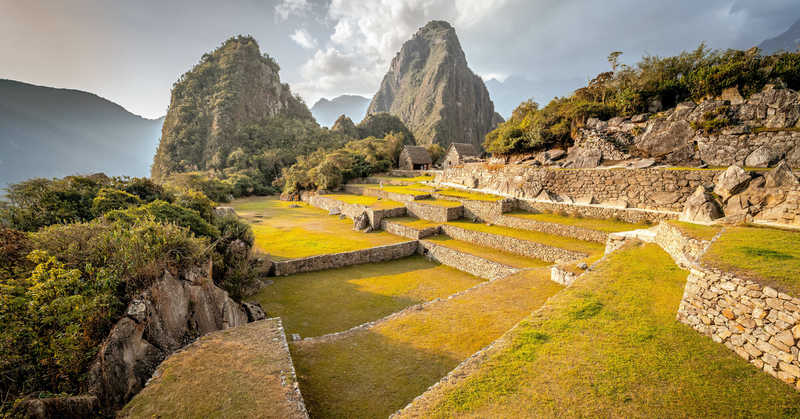
Peru / Machu Picchu
Trip code: PRIT
- Trek through the Andes up to 4200m
- Arrive at the Sun Gate at sunrise
- High guide to client ratio
- Trip fully carbon offset as standard
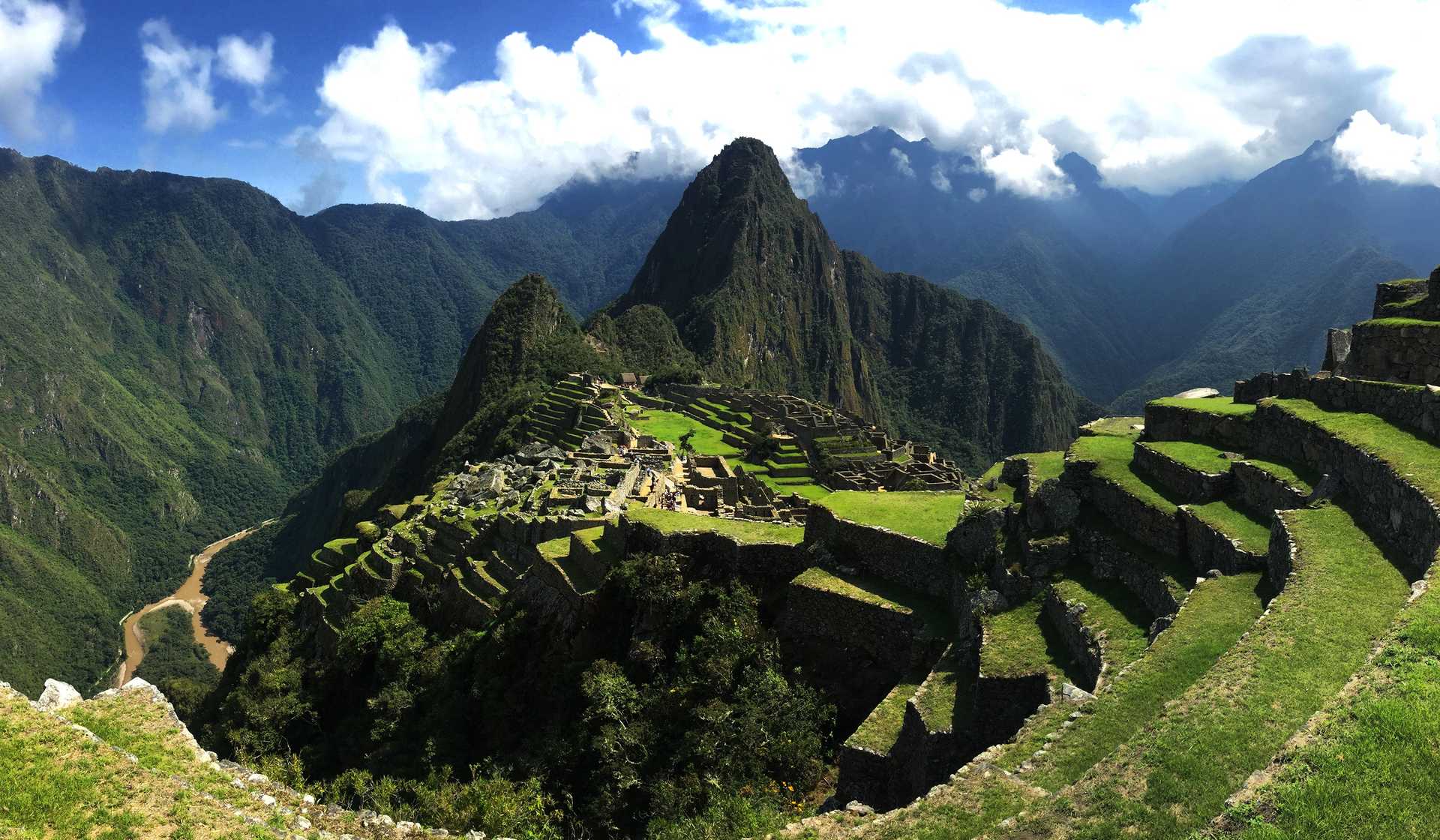

Peru / Machu Picchu
Trip code: PRIT
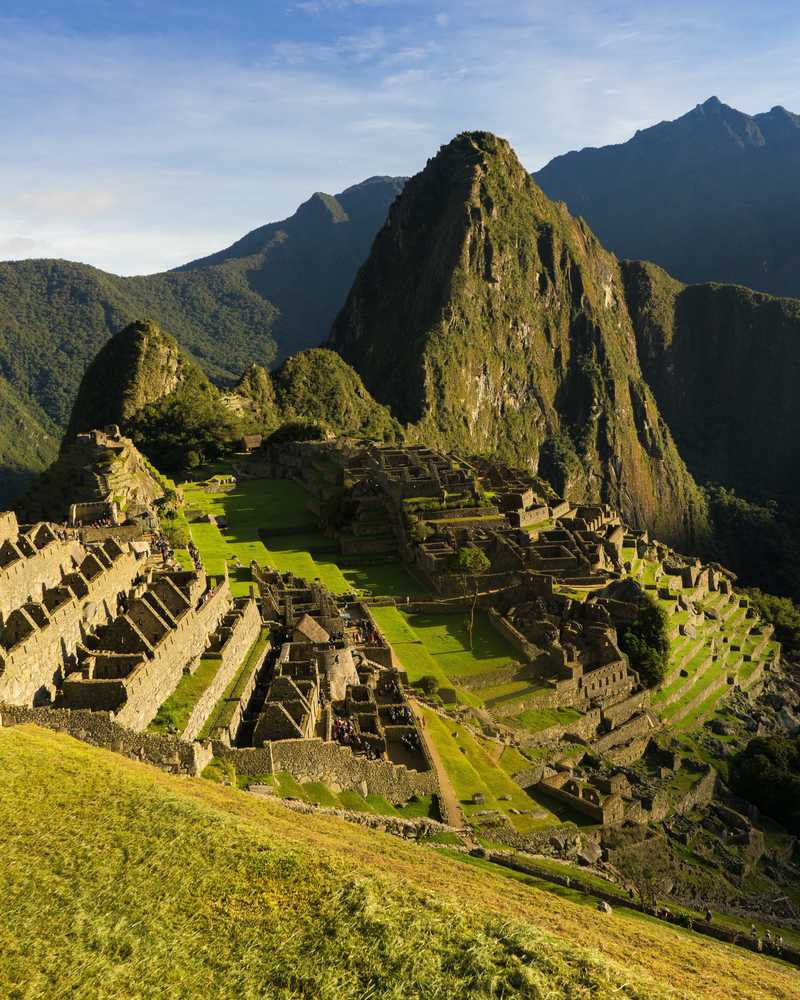
Peru / Machu Picchu
Trip code: PRSIT
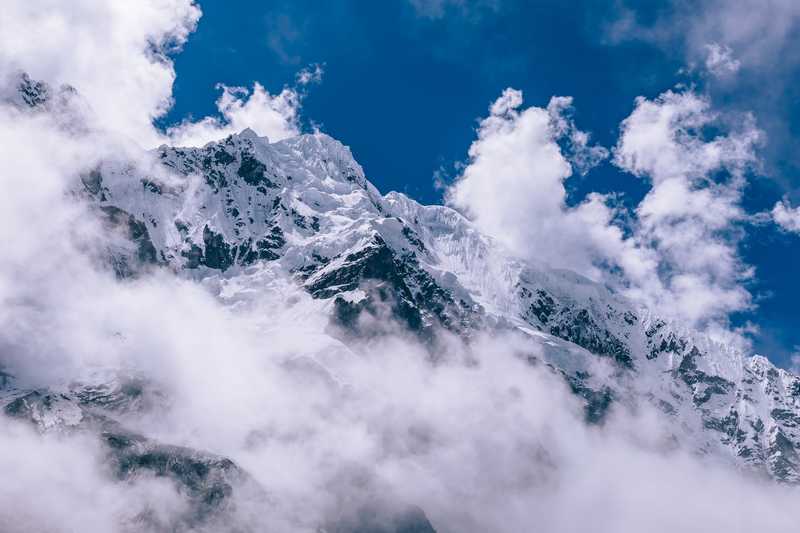
Peru / Machu Picchu
Trip code: PRSK
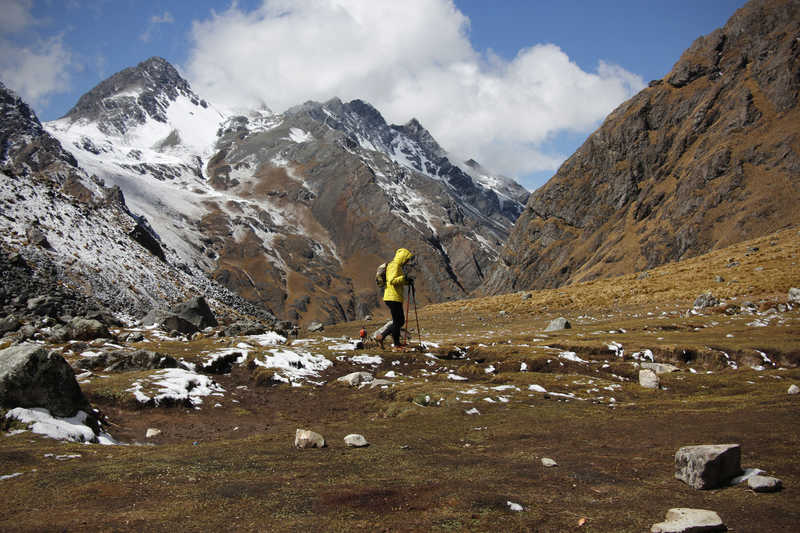
Peru / Machu Picchu
Trip code: PRTOSK
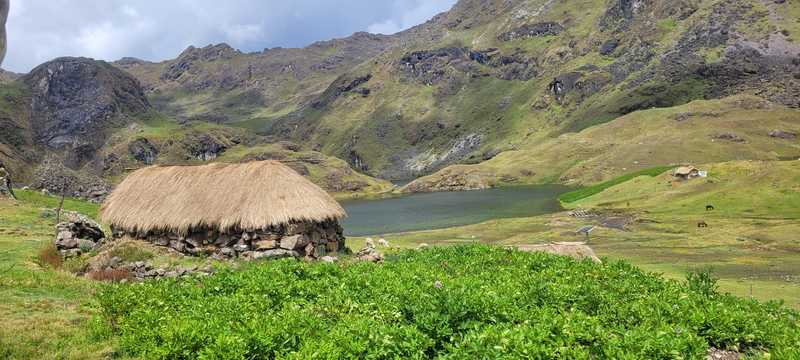
Peru / Machu Picchu
Trip code: PRLT
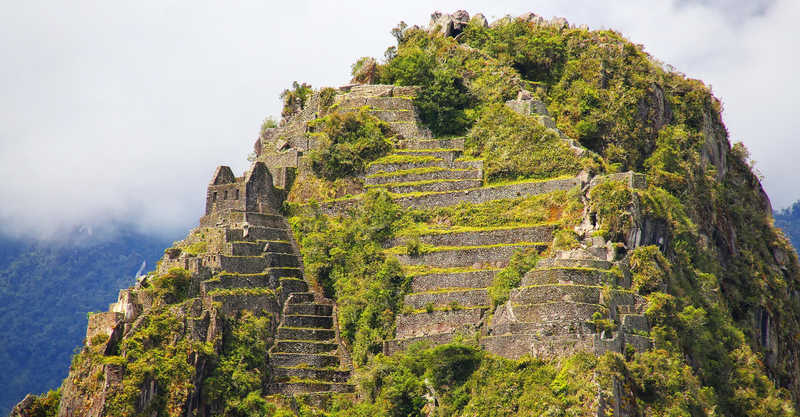
Peru / Machu Picchu
Trip code: PRTOIT